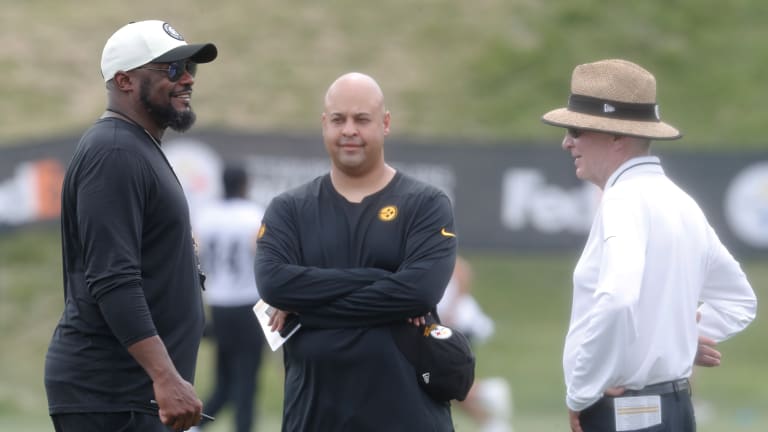Change. What does it really mean? What does it really mean especially as it pertains to the Pittsburgh Steelers? Art Rooney II said it’s coming. Mike Tomlin said it’s coming and so too has General Manager Omar Khan. The problem is that change means something different to everyone.
The only change we are aware of at the present time is to the coaching staff and it wasn’t the moves many wanted to see. To this point, the Steelers have added Defensive Backs Coach Gerald Alexander and Inside Linebackers Coach Scott McCurley. Every coaching move has some merit and brings some change with it but when both Defensive Coordinator Teryl Austin and Offensive Line Coach Pat Meyer were retained, the idea of ‘change’ lost a lot of momentum.
Earlier this weekend, ESPN’s Josina Anderson dropped this nugget on social media.
Still here in Indy at the Scouting Combine having conversations. Sounds like tje #Steelers are going to have some interesting changes.
Will keep you posted.@BovadaOfficial
— JosinaAnderson (@JosinaAnderson) March 1, 2025
Besides here spelling error and who among us hasn’t done this, I’m not totally sure why she added Bovada to her tweet. I think that’s a luxury watch brand but who in the Hell knows these days?
The overall point of her post is what matters here and unfortunately it leaves it once again asking, “What is this ‘change’ that you’re talking about?” With both coordinators returning my assumption is that what Anderson is referring to must be related to the roster. The Steelers have a lot of potential turnover with this roster especially at key positions like Quarterback, Running Back, Defensive Line and Cornerback so this would fit what she’s saying.
The problem is that I’m not sure this is what most of us are really thinking about. I can’t speak for everyone but I would think getting out of the ‘Run, Run, Pass, Punt’ routine would be a start. Perhaps blitzing more is on the table as is using T.J. Watt around the formation rather than at his usual spot.
All of these would be welcome but I’m tempering my expectations. This is a classic example of “I’ll believe it when I see it.”



